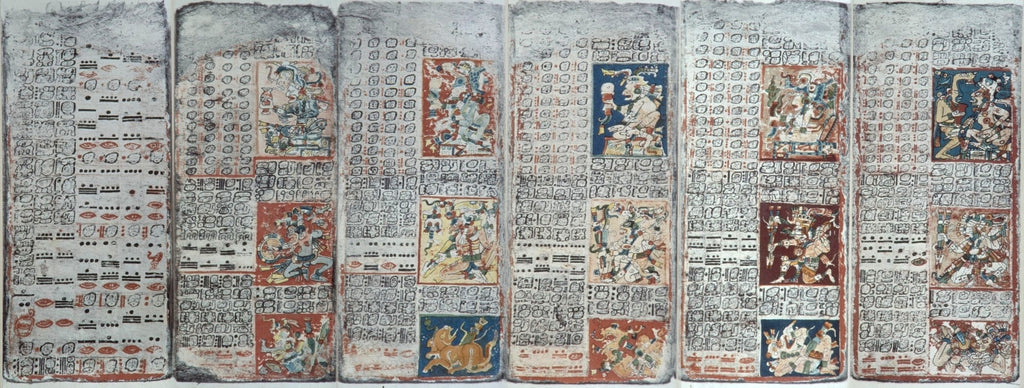The ancient Mayan Dresden Codex is a 39 page double sided accordion style book.
The codex is made up from Mesoamerican paper, in this instance made from the inner bark of the wild fig tree or Amate (Ficus Glabrata) and was referred to by the Mayas as 'Huun'. The Huun is made by flattening out the inner bark and applying lime paste before drying and writing.
This process was done at a similar time to the Romans however the Huun was better for writing and far more durable that the Papyrus used by the Romans.
Within the Codex are measurements that tracked the rise and setting of Venus which was used as an omen of war that guided ritual activity, prompted great battles, and was even used as shorthand for “total destruction.” — a lot different to the God of Love that Venus might be known as in other cultures.

Scientists have used these measurements to predict when this Mayan Astronomer was able to make these readings over a 25-year span within the first half of the 10th century, around 1200-1250.... AMAZING!
The codex went on further to predicted such things as the 1991 Solar Eclipse but its main use was ensuring that the rise and fall of Venus helped alter the holidays and celebrations (and sacrifices) to keep in tune with the stars.



Leave a comment: